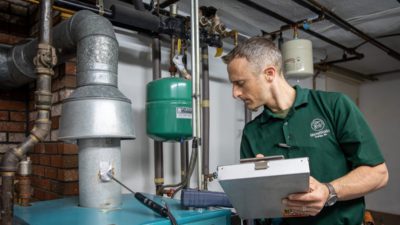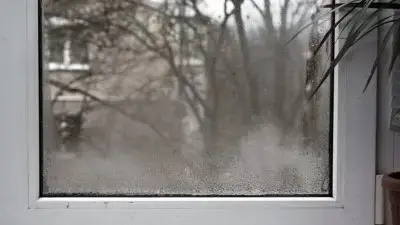March 11th was a Wednesday, but not just any Wednesday. On this day, what was labeled a global health emergency in January, was now characterized as a global pandemic by the World Health Organization (WHO). Since then, we’ve watched the widespread and varied impact of COVID-19 appear around the world and within our own communities.
The pandemic has been studied in a variety of ways since March of 2020, and that includes energy efficiency!
For example, in March of 2020, the 5-year Northwest End Use Load Research (EULR) project had already started – monitoring the energy use of 200 homes and eight commercial buildings in Idaho, Montana, Oregon, and Washington.
One thing that the researchers didn’t know is that COVID-19 was about to alter their project and provide additional data beyond their plans.
Kids began schooling at home and many individuals moved home to work for their companies virtually. The U.S. Bureau of Labor Statistics (BLS) reported that more than 35% of the workforce worked from home in May of 2020 (approximately 48.7 million workers). Also, 49.6 million people were unemployed, which meant that they were spending more time at home, too.4
So, how did this increased use of the home affect energy use?
Power consumption dropped nationally
When Q2 2020 was compared with Q2 2019, it showed that energy consumption dropped by 4%. “Power requirements for workdays basically dropped to Sunday levels under the lockdown, which was marked by significant reductions in the services and industrial sectors,” says Forbes. There was an 11% drop in the commercial sector and a 9% drop in the industrial sector.2
For example, the state of Hawaii reported a 22% decrease in energy consumption in their commercial sector between April and June of 2020. Commercial energy consumption in Washington D.C. and Pennsylvania also decreased by 20% and 21% respectively.2
According to Forbes, the state of Michigan experienced a 32% drop in industrial energy use due to its auto manufacturing industry slowing down.
The residential side of things
In contrast, establishments like hospitals had an increased energy consumption of 600% and residential energy use was also up compared to normal.
American household energy use increased by 8% on average, with increases reported up to 21% in Michigan and Arizona.2
Specifically, between March 2020 and January 2021, the EULR project documented a 2.3% increase in residential energy use overall with an average load growth of 6.3% during the day.4
Spring of 2020 and winter of 2020/2021 had the most dramatic changes in demand which match up with some of the most difficult phases of the health pandemic. June to November of 2020 showed almost back-to-normal energy use, as restrictions were eased, and families were spending more time away from home and outdoors.4
HVAC was not to blame
While residential energy demand increased, home conditioning was not the culprit of the spikes. The upward trajectory came from appliances such as washers and dryers, water heaters, and kitchen appliances. (Additional factors include computers, printers, televisions, stereos, and lighting.)
According to the National Center for Biotechnology Information (NCBI), “search data containing the words food, restaurant, recipe, or delivery was analyzed […] revealing searches for restaurant decreased by three times, and recipe and delivery increased by three-four times.”
Families were spending more time in the kitchen which resulted in dishwashers, stoves, refrigerators, and freezers working harder than usual.
According to the EULR project, “more cooking, cleaning and dishwashing created more demand for hot water, especially during mid-day hours. Average electricity demand for hot water increased more than the increase for all kitchen appliances combined.”
While there’s no doubt that the pandemic has impacted our lives in a variety of ways, it’s interesting to think about how our energy habits have changed since Wednesday, March 11th, 2020.
How you can save energy
If you’re curious about ways to save energy and money at home, read energy-saving tips here or call (781) 305-3319 (or click here) for a no-cost Home Energy Assessment and we can point out savings opportunities throughout your home.
If you’re interested in learning more about the 5-year EULR project, there is free access to the data here.
We’re here to help you save today and plan for even more savings tomorrow, no matter what comes our way. We’re in it together and helping our neighbors save is what we love to do at HomeWorks Energy.
Resources








